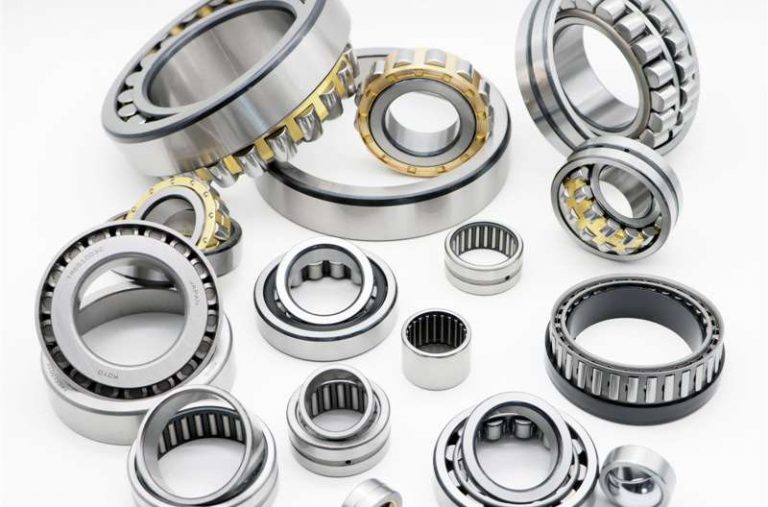What are Bearings
What are Bearings
Blog Article

Imagine a world where mechanical systems grind to a halt due to the failure of a small yet critical component. Bearings, often overlooked, play a pivotal role in the smooth operation of machinery, vehicles, and various industrial applications. A single malfunction can lead to costly downtime and extensive repairs, making understanding their operation essential for engineers and maintenance personnel alike.
What are Bearings?
At their core, bearings are mechanical devices designed to reduce friction between moving parts. They support the load and ensure the smooth rotation of shafts and other components in machinery. The variety of bearings available—ranging from ball and roller bearings to sleeve and thrust bearings—allows them to cater to different applications and load requirements. For instance, ball bearings are commonly used in electric motors, while roller bearings excel in heavy-load applications.
The Mechanics of Bearing Operation
Understanding the mechanics behind bearing operation involves delving into the design and materials used. Most bearings consist of an inner and outer race, rolling elements (like balls or rollers), and a cage that holds the rolling elements in position. This configuration allows for movement while minimizing wear and tear.
When a load is applied, the rolling elements rotate between the inner and outer races, facilitating smooth motion. For example, in a car wheel bearing, as the wheel turns, the bearing allows the axle to rotate freely while supporting the weight of the vehicle. This not only enhances performance but also contributes to fuel efficiency by reducing energy loss through friction.
[IMAGE]
Types of Bearings and Their Applications
Different types of bearings serve distinct purposes based on their design and functionality. Here are a few common types:
Ball Bearings
Ball bearings are perhaps the most recognized type. They are utilized where low friction and high-speed applications are necessary, such as in bicycle hubs and computer hard drives. Their spherical rolling elements allow for smooth rotation and are ideal for handling both radial and axial loads.
Roller Bearings
Roller bearings, on the other hand, are designed to handle heavier loads. Their cylindrical rolling elements provide a larger contact area compared to ball bearings, making them suitable for applications like industrial machinery and construction equipment. Given their robust design, they are also more durable under high-load conditions.
Thrust Bearings
Thrust bearings are specialized for applications where axial loads need to be supported. They are commonly found in automotive transmissions and heavy machinery, where they help sustain the load in a direction parallel to the shaft. Their design is crucial for ensuring stability and longevity in operations.
Benefits of Proper Bearing Maintenance
Maintaining bearings is crucial for operational efficiency. Regular inspections can identify wear and tear before they lead to failure. Lubrication plays a significant role, as it not only reduces friction but also prevents corrosion and extends bearing life. By following a proper Bearing operation overview, maintenance teams can implement best practices that enhance performance and reduce the risk of unexpected breakdowns.
Conclusion
In an era where efficiency is paramount, the importance of understanding bearing operation cannot be overstated. These small but mighty components are integral to countless applications across various industries. By investing time in their maintenance and understanding their functionality, companies can ensure longevity and reliability in their mechanical systems. Proper knowledge of bearing types, their uses, and maintenance strategies can lead to significant cost savings and improved operational efficiency.
Report this page